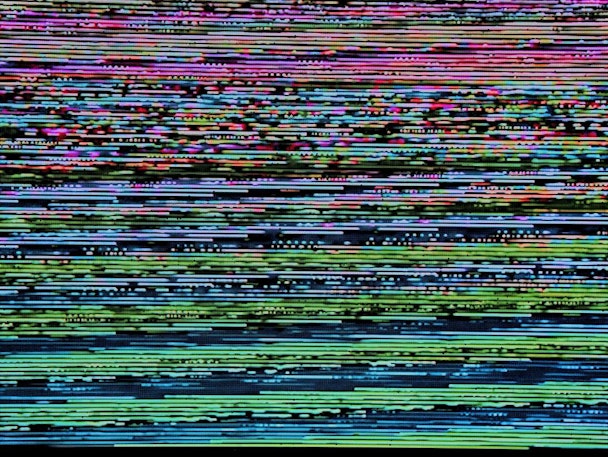Channel 4 on cost of outages: ‘We’ve reassured our advertising partners’
Saturday evening is prime time for linear television, the time of the week when the high-value audiences are accessible at the greatest scale. This past Saturday, however, a number of UK linear channels including Channel 4, Film4 and Channel 5 were knocked offline by a technical fault that lasted over an hour.

Channel 4 and other channels were offline for around an hour on Saturday
The fault was caused by an unanticipated side effect of the fire alarm sounding at Red Bee Studios transmission center, which exposed a fault that took some time to resolve. In most cases the channels were unable to show their scheduled programs in addition to any advertising that had been sold during the hour, and in the aftermath there was subsequent confusion, with BBC idents not appearing in their usual slots.
Regarding refunds for the advertisers whose slots were not shown, a spokesperson for Channel 4 tells The Drum: “We have reassured all of our advertising partners that we do not expect any of them to be disadvantaged in any way as a result of the incident this weekend and we continue to liaise closely with them.”
For advertisers, UK linear television is seen as a mainstay and is consistently cited as delivering the highest ROI on ad spend. The top-performing ads frequently reach audiences in the high tens of thousands; research from industry body Thinkbox suggests that linear television is seen as a trusted and reliable medium for advertising, one that has tried-and-true measures for viewing figures and effectiveness.
Compare that to the often unclear measurements that have plagued the digital video ecosystem – with a lack of consensus on what even classifies as a ‘view’. That’s an issue that has come to the fore as linear channels seek to establish a foothold in the OTT world: in the US ViacomCBS has recently announced a partnership with provider VideoAmp to provide a unified measurement of effectiveness across both cable and OTT services, for example.
Measuring impact
The linear television industry is being forced to adapt to the demand for VOD and OTT services from audiences – and while events like the outage are rare, they undercut that perception. It’s an issue exacerbated by the fact that digital video is seeing the lion’s share of growth in terms of ad spend – the average cost of TV advertising is 5% higher this year than the year before, exceeding an ad spend growth rate of just 1%, even as ratings decline.
Despite that, head of media at AIP Mihir Haria-Shah says that the relationship between linear channels and advertisers is solid and, while there may be some small concessions made and limited knock-on effects, it’s unlikely there’ll be any long-lasting effects. “This occurrence is so unusual that it should soften the blow for most buyers and advertisers. Events such as outages aren’t baked into deals as such, but the way TV is traded in the UK (for most agencies) will mean that the TV station will be eager to make up for any lost spots later in the campaign. Also from my experience of occasionally having ads not air or air incorrectly, the broadcasters usually come up with a very fair solution to suit all parties’ needs.
“Will brands look to move away from linear TV due to these kind of risks? I think it’s highly unlikely. These outages are incredibly rare and appear to have been caused by a fire warning too serious to ignore. A lot of TV ad spot buying is about personal relationships, and there is nothing for cementing a relationship like going through a difficult, slightly crazy crisis situation together.”
It’s a view shared by Tom Harrington, head of TV at Enders Analysis: “It is a testament to the rarity of problems with DTT/satellite transmission that this got so much attention – compare that to IP delivery of video, which can still often be somewhat dicey, especially with live events.”
That the outage came at prime time might ultimately prove to be a blessing in disguise for the channels affected. Because it was noticed by so many viewers – and its rarity highlighted as a result – it is further evidence that linear television remains relevant in 2021.

